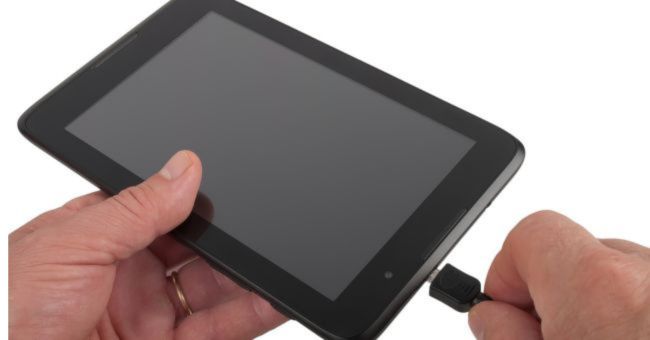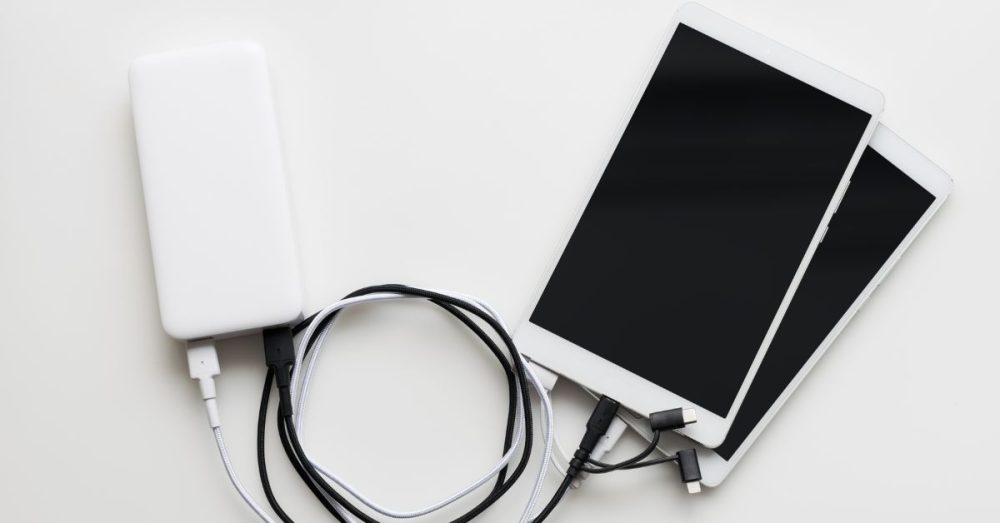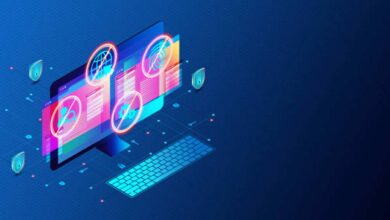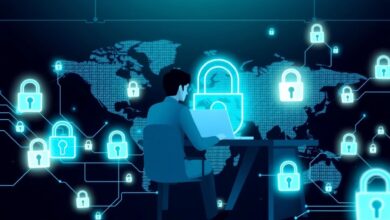“If you’ve ever found yourself wondering why your charging iPad takes an eternity to charge, you’re certainly not alone. The charging process of your iPad can sometimes be frustratingly slow, leaving you twiddling your thumbs as you wait for the battery to reach full capacity.
However, fear not, for there are numerous factors that could be causing this sluggish charging performance. Understanding these potential reasons can help you troubleshoot the issue and get your charging iPad at a faster and more efficient pace.”

By the end of this article, you’ll be equipped with valuable insights on how to optimize your iPad’s charging performance, ensuring that you can keep your device juiced up and ready to accompany you on all your digital adventures. Let’s dive in and unravel the mysteries behind your slow-charging iPad.
Top 11 Reasons Why Your iPad Charges Slowly and How to Fix Them
Sure, here’s an elaboration of each heading to provide more details on each reason why your iPad might be charging slowly:
Old Charging Cable:
Over time, charging cables can wear out due to bending, fraying, or exposure to various elements. When the cable is damaged, it may not transfer power effectively, leading to slow charging or intermittent connections. To resolve this issue, try using a new, Apple-certified charging cable that is designed specifically for your iPad model.
Low-Quality Charger:
Not all chargers are created equal. Using a cheap or low-quality charger with insufficient power output can significantly slow down the charging process. These chargers might not deliver the required electrical current to charge your iPad efficiently. Stick to the original charger that came with your iPad, or invest in a reputable charger with the appropriate power rating to ensure optimal charging speed.
Background Apps:
Running multiple apps in the background can put a strain on your iPad’s battery and slow down the charging process. These apps continue to use power even when you’re not actively using them. To address this, close unnecessary apps while charging to reduce power consumption and allow your iPad to charge faster.
Outdated Software:
Software updates often include optimizations and bug fixes that can improve battery performance and charging efficiency. If your iPad’s software is outdated, it might not be utilizing the battery and charging system efficiently. Check for software updates regularly and install the latest iOS version to enhance charging speed and overall battery life.
Faulty Power Outlet:
Sometimes, the problem isn’t with your iPad but with the power outlet you’re using. A faulty or poorly functioning power outlet may not provide a stable power supply, resulting in slower charging times. Test different power outlets to ensure they are working correctly and providing the required power to charge your iPad effectively.
High Temperatures:
Charging your iPad in a hot environment can negatively impact the battery’s performance and slow down the charging process. High temperatures can lead to increased internal resistance, which reduces the battery’s ability to accept a charge. To avoid this, keep your iPad in a cool, well-ventilated area while charging.
Battery Health:
As batteries age, their capacity to hold a charge decreases. If your iPad’s battery health is degraded, it might not charge as quickly as it used to when it was new. Check your battery health in the iPad settings to determine if it needs replacement. If the battery health is significantly degraded, consider getting the battery replaced by Apple or an authorized service provider.
Charging Case or Cover:
Thick or improperly designed charging cases or covers might interfere with the charging process. These accessories could create a gap between the charging port and the cable, leading to a weaker connection and slower charging. Ensure that the case or cover you’re using is designed for your iPad model and doesn’t hinder the charging process.
USB Port Issues:
If you’re charging your iPad through a computer’s USB port, it might not provide enough power to charge the device quickly. USB ports on computers usually have lower power output compared to wall chargers. To ensure faster charging, use a wall charger with the appropriate power rating for your iPad.
Multitasking While Charging:
Using your iPad while it’s charging can increase power consumption and affect the charging speed. When you’re actively using the device, it diverts power to the screen, CPU, and other components, reducing the charging rate. To expedite charging, let your iPad charge without any interruptions or usage while connected to the power source.
Charging During Updates:
Updating your iPad’s software requires significant power and resources. Charging your iPad while it’s installing updates can lead to slower charging because the device is simultaneously using power for both tasks. It’s better to wait until the updates are completed before charging your iPad to ensure faster and more efficient charging.
How Long Does It Take to Charge a Charging iPad?
The time it takes to charge an iPad depends on various factors, including the iPad model, battery capacity, charger wattage, and current battery level. Here are some general guidelines for the charging times of different iPad models:
iPad Pro (11-inch and 12.9-inch) 2021 Models:
These models support fast charging with a USB-C power adapter of 20W or higher. They can charge up to 50% in around 30 minutes and reach a full charge in approximately 2 to 3 hours.
iPad (9th, 8th, and 7th generation), iPad Air (3rd generation), iPad mini (5th generation), and older iPad Pro models:
These iPads generally come with a standard 12W USB power adapter. Charging times can vary, but it typically takes around 3 to 4 hours for a full charge.
iPad mini (6th generation):
The newer iPad mini models come with a USB-C port and support fast charging with a USB-C power adapter of 20W or higher. They can charge up to 50% in approximately 30 minutes and reach a full charge in around 2 to 3 hours.
“Please note that these are approximate charging times, and actual charging times may vary based on individual usage patterns, ambient temperature, and battery health.”
In conclusion!
A slow-charging iPad can be frustrating, especially when you rely on it for work, study, or entertainment. But as you’ve seen, several manageable factors may be behind this issue, ranging from outdated cables and low-quality chargers to background app usage and software glitches. Addressing these factors not only enhances charging speed but also extends the overall lifespan of your device.
Always use certified accessories, regularly update your iOS, and keep an eye on your iPad’s battery health. Also, avoid using the device while it charges and steer clear of extreme temperatures, both of which can hinder performance. Even seemingly minor issues like a faulty power outlet or a bulky case can have a surprising impact.
If you’re still facing issues despite following all best practices, consider looking into less common software-related problems. For example, certain iOS users have encountered obscure bugs like NSCocoaError Error 4, which can sometimes signal underlying file or system-related issues that affect overall performance, including charging behaviors.
In the end, keeping your iPad charged and functioning efficiently is all about proactive care and smart usage habits. By paying attention to these small yet crucial details, you’ll not only speed up charging times but also enjoy a smoother, more reliable experience with your device. So, take charge—literally—and keep your iPad powered up and ready to go!








